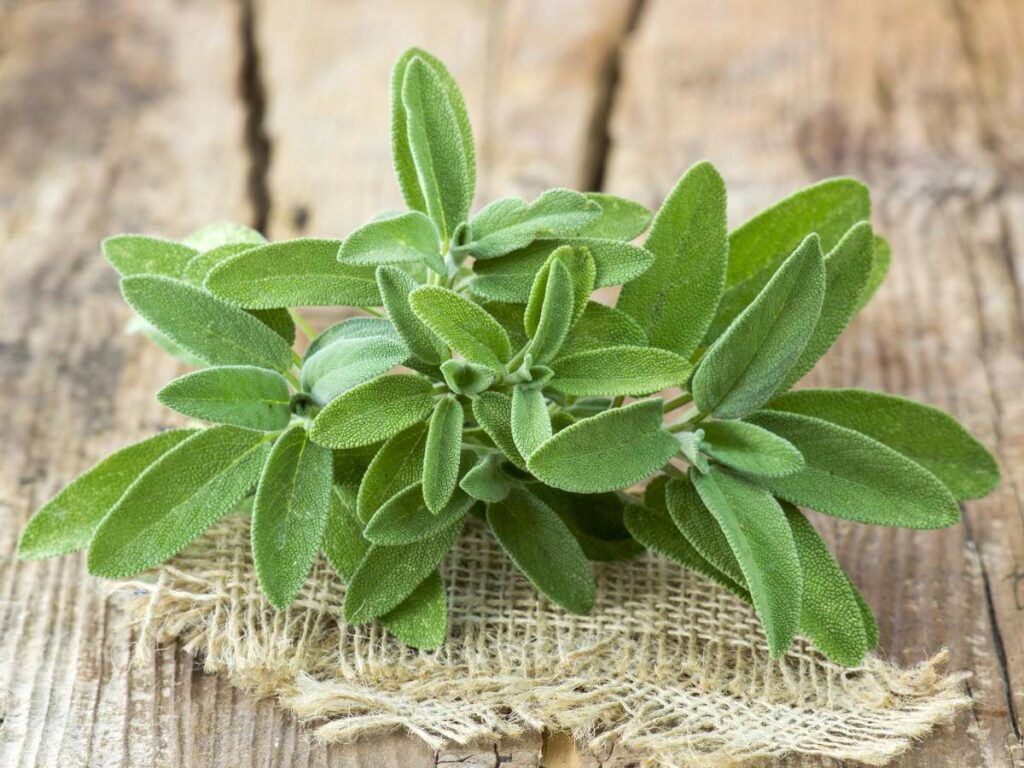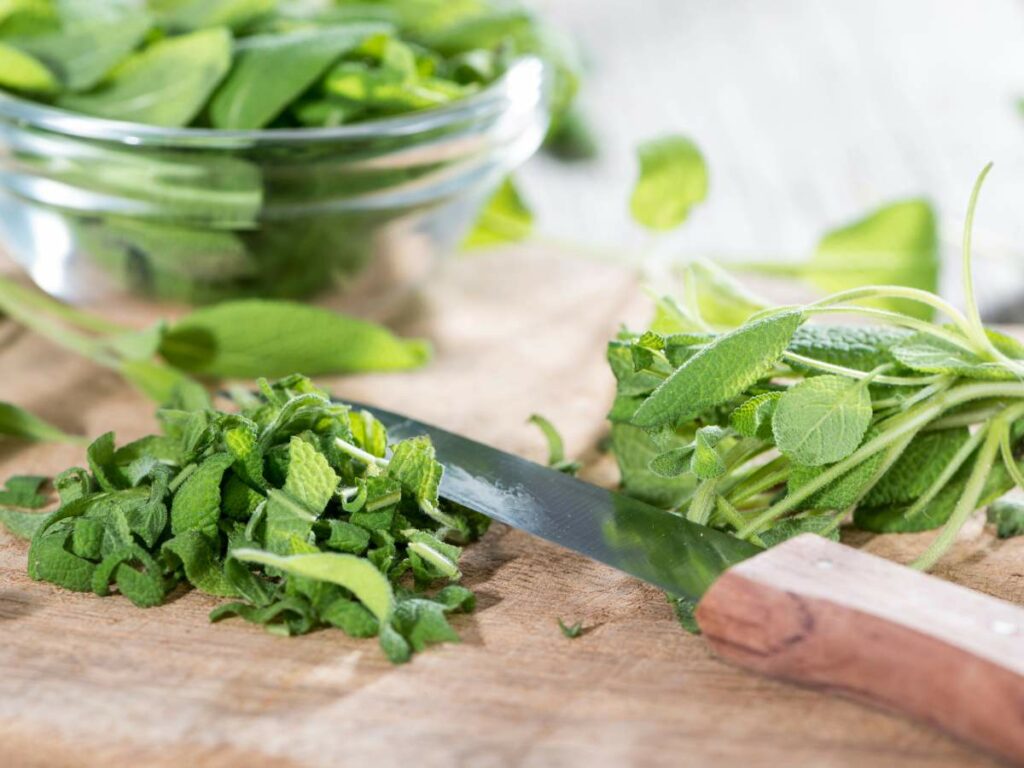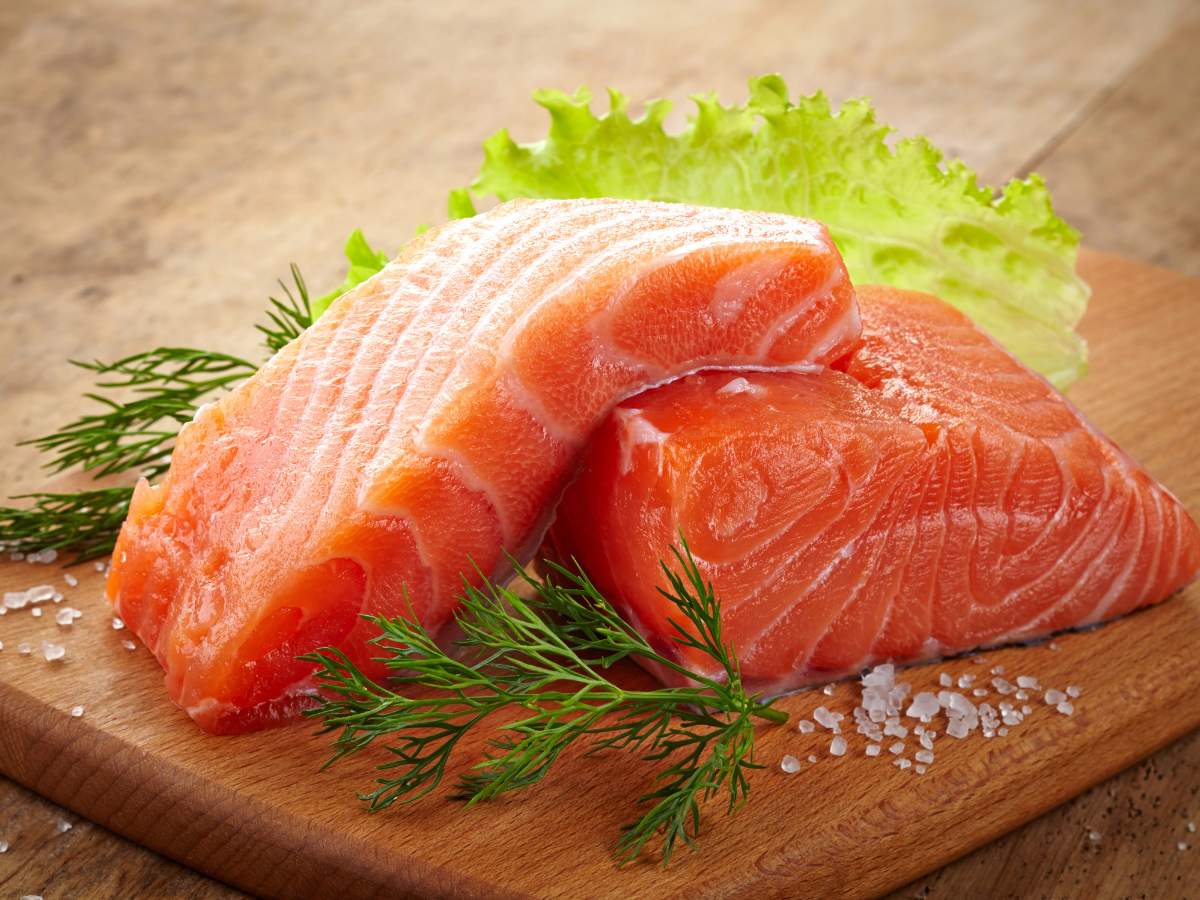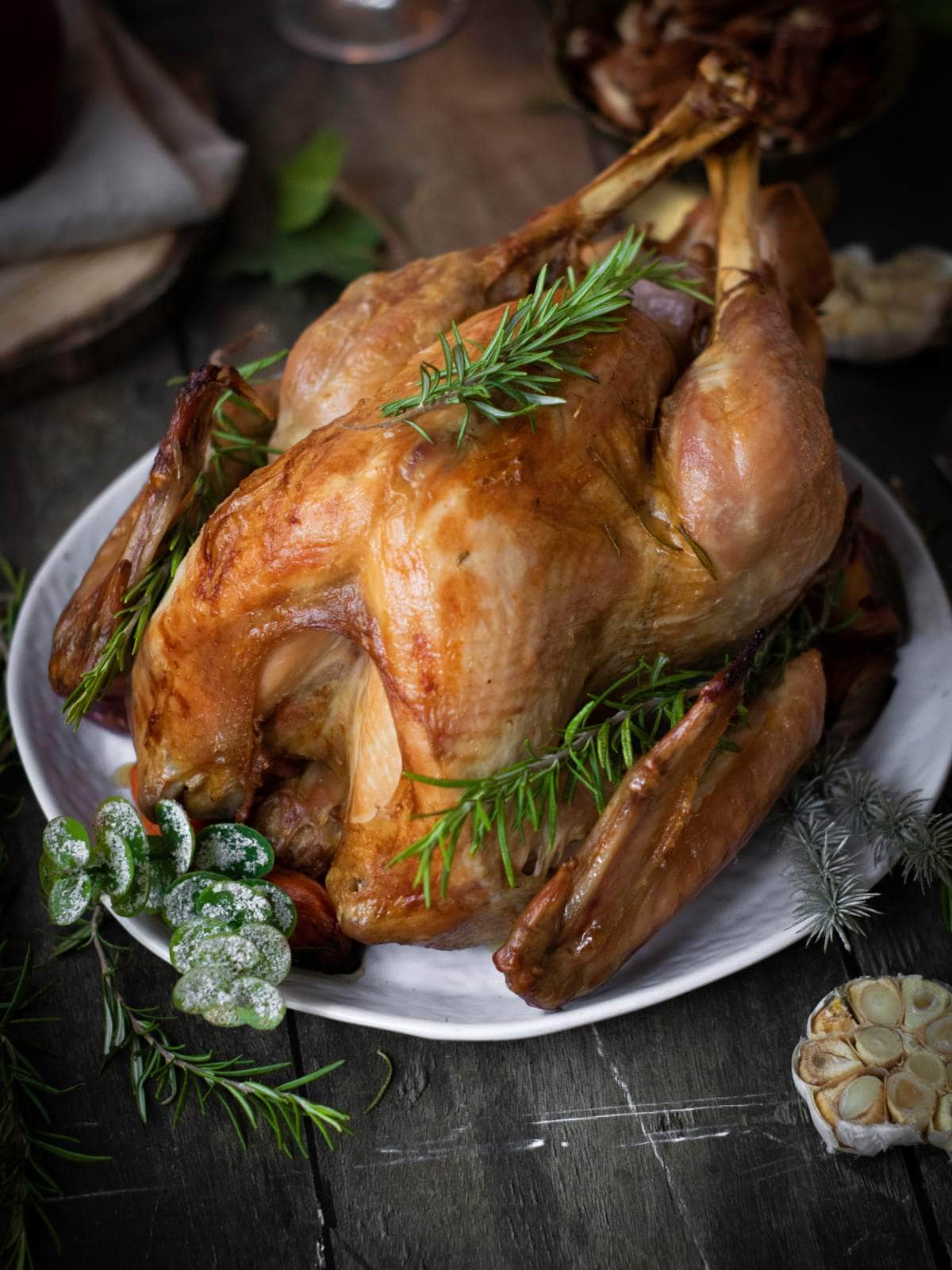How To Prep, Cook, and Store Fresh Sage for a Seasonal Treat
As a participant in the Amazon Services LLC Associates Program and other affiliate programs, Quick Prep Recipes may collect a share of sales or other compensation from the links on this page. This comes at no additional cost to you, and all the prices and availability are accurate at the time of publishing.
Sage has a distinctive earthy taste and woodsy smell. Its velvety leaves are used in dishes from pasta to holiday stuffing, lending delicious, bold flavor. This guide will provide all of the information you need to prepare, cook, and store sage to preserve its flavor and texture.

Selecting Fresh Sage
Sage is a perennial herb that belongs to the mint family, meaning it is available year-round. It has woody stems and soft, grayish-green leaves. While native to Mediterranean regions, sage is now grown and used in many parts of the world.
Whether you plan to grow herbs inside or in an outdoor garden, the plant is easy to grow. You can also usually find fresh or dried sage at grocery stores year-round.
“I have a very small kitchen but I still reserve a corner of counter space to grow fresh sage. I make a lot of fresh pasta and there is simply nothing better than a handful of fresh sage cooked briefly in butter and sprinkled over a plate of homemade pasta. It has a warm flavor that’s perfect for cold weather comfort food.”
— Rebecca Blackwell, A Little And A Lot
When buying fresh sage leaves from your local store, choose bunches that are fragrant, soft and light to dark green. Be sure there are no black or brown spots on the leaves and that the leaves are not dried out. Don’t choose containers with excess moisture, as it can lead to mold growth and shorten the life of your fresh herbs.

The Taste of Sage
Sage has a savory, somewhat peppery and almost bitter taste. There can be variations in the taste, texture and appearance of sage, with some floral or piney notes. It is aromatic and often associated with the holidays in the United States, often used in roast pork and Thanksgiving turkey.
“It isn’t Thanksgiving to me unless I have fresh sage to stuff under the skin of my turkey. Fresh leaves add immense flavor to poultry. To me, sage smells woody and green. The fresh leaves are soft and almost velvety. I like to rub my fingers over them.”
— Jennifer Osborn, Kitchen Serf
Cleaning Sage
When cleaning sage, remove any packaging like rubber bands or plastic. Remove any dry leaves, or leaves with black or brown spots. Next, rinse the sage under cool running water, manually removing any dirt or debris. You can then pat the sage dry with a kitchen towel or paper towel, or run it through a salad spinner.
Storage Suggestions
Sage is a hardy herb, like oregano, thyme or rosemary. It is less likely to wilt than soft herbs like cilantro, dill, basil, or parsley, but it must be stored properly. This will preserve its flavor and texture.
The first option for storage is to wrap the sage in a paper towel and store it in the fridge. You can also dry sage using a dehydrator or hang it upside down with a piece of twine in a cool, dry place. Once fully dried, store it in an airtight container.
Sage can also be frozen. Chop the sage leaves, add them to the compartments of an ice cube tray, then pour water over the top to cover. You can use this frozen sage to flavor soups, stews, and sauces in the future.

Culinary Uses for Fresh Sage
Hardy herbs should be added early on in the cooking process. Sage leaves are also often used as a garnish when they are fried. Fresh sage has a very bold flavor, so you don’t need too much.
“My favorite quick and easy sauce is sage-infused brown butter. It smells amazing and makes everything taste just a bit fancier. Brown the butter in a saucepan. When it’s done, pull it off the heat and toss in some thinly sliced sage, swirling the pan as it bubbles and foams. The fried sage can be used as a garnish to make your plate look as fancy as it tastes.”
— Renee Gardner, Renee Nicole’s Kitchen
Sage is a delicious addition to stuffing, parsini salad, and burrata salad dishes. You can also use it in soups, stews, pasta, and a variety of other recipes.
Fresh sage is used in many hearty, savory dishes across many cultures. It’s used in Mediterranean cuisine, particularly French and Italian, as well as American, British, and Middle Eastern cuisine.
Final Thoughts
Sage is a perennial herb that’s easy to grow and used to flavor savory dishes in many different cultures. It’s prized for its flavorful, aromatic leaves. It’s seen by many as a quintessential herb for holiday meals.
Sage is available at grocery stores year-round. It’s best to choose bunches with fragrant, soft, grayish-green leaves. Don’t buy bunches that have a lot of excess moisture, as it can quickly lead to mold, and avoid leaves with black or brown spots. You can store sage in the refrigerator wrapped in a paper towel, or you can dry or freeze it for later use.
Sage should be added at the beginning of the cooking process. It can also be added to stuffings and sauces or fried and used as a garnish. Fresh sage has many culinary uses, from warm winter soups to roast meats to Thanksgiving stuffing. Add some to your garden or pick up a bunch on your next grocery trip to explore the many wonderful dishes sage can flavor.
This article originally appeared on Food Drink Life.
Article photos are used with permission from Depositphotos.com.







